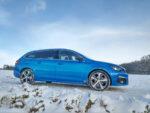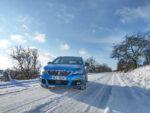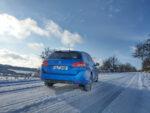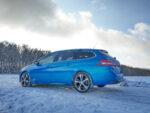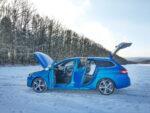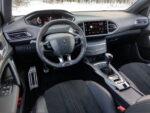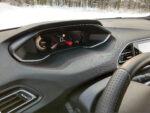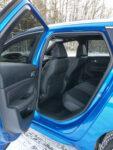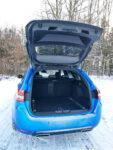The current generation of the Peugeot 308 has become an integral part of it during its existence on the market and has been a proven certainty within the given segment for years. This claim is also supported by the fact that the 308 has been sold in its current form for almost eight years. Yes, this generation also received light optical retouches or changes under the hood during its life cycle, but its basis was always preserved.
The date of the introduction of the new generation is currently under a strict information embargo, but it is clear that we will see it soon.
We have now tried what was probably the "last" modernized version of the SW, i.e. a car with a station wagon body, a diesel engine under the hood, a six-speed manual and the highest GT PACK equipment.
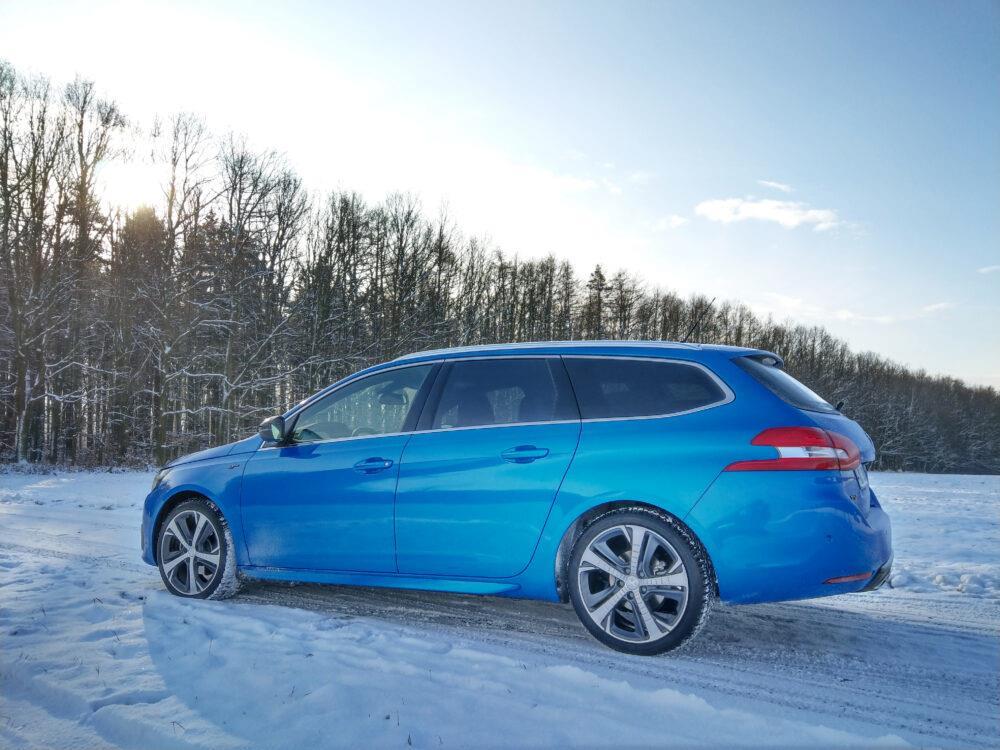
Compared to the current design of Peugeot cars, the above-announced longevity of the current generation is clearly visible on the car. On the other hand, it must be noted that it is still a very handsome car that offers a certain amount of dynamics and handsome shapes.
The tested piece equipped with the GT PACK was dressed in a very appropriate Vertigo blue color, and its pleasant exterior was complemented by elegant 18-inch wheels or a pair of chrome exhaust tips, which, however, served only an aesthetic and not a functional purpose.
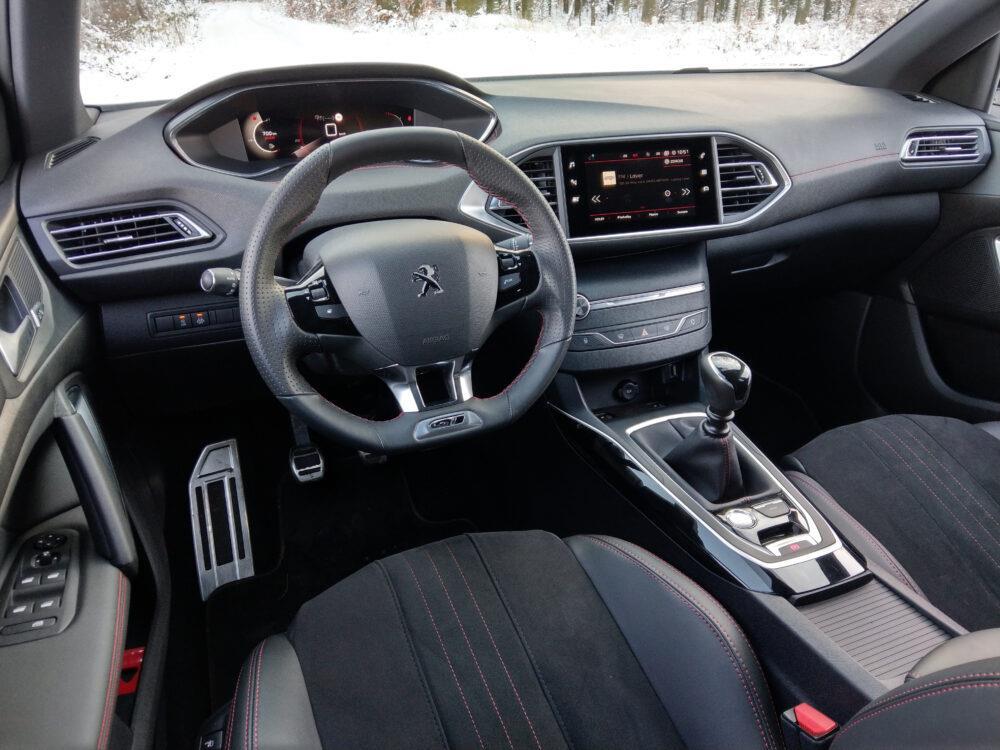
The dashboard of the 308 is classically laid out in accordance with the i-Cockpit principle, meaning that the instrument panel is raised above the relatively small steering wheel. It has undergone the biggest transformation as part of the current modernization.
It has been converted from classic analog indicators to a fully digital display. Its mastered graphic environment then corresponds to the new 208 and 2008 models, with the only exception that it does not have a 3D effect. The display therefore offers several display options, including the display of the navigation itself.
Due to the older architecture of the interior, the Peugeot 308 does not have a significantly flattened steering wheel on both sides, as is the case with its siblings who are a generation younger. The long-mentioned problem of the i-Cockpit principle, where the steering wheel "overlaps" the view of the instrument panel to a certain extent, may seem most striking in the case of the 308.
Personally, however, I never had a problem with the i-Cockpit principle, and the same was the case with the tested 308. As for the multifunction steering wheel itself, I was rather troubled by the drowned scroll controls and the rather unsightly "chubby" center of the steering wheel. And speaking of the "chubby" shapes, I must also mention the central part of the dashboard (under the on-board infotainment display), which also has a rather ugly shape, the absence of any storage space and, moreover, relatively cheap-looking plastic.
The announced on-board infotainment display is still integrated into the body of the dashboard in the style of the "old days". However, it will offer a good graphical environment and intuitive controls.
Within the central tunnel, we have a classic six-speed manual gearbox selector, which offers short and quite accurate shifting paths. There is also a controller activating the sports mode, a start button and an electronic handbrake.
I have to praise the interior itself for the additional panoramic sunroof, which had really generously dimensioned dimensions. Thanks to the GT equipment, the panoramic window was then surrounded by a black roof panel that perfectly matched the rest of the car's interior.
The Peugeot 308 of the current generation will offer a spacious interior, both for the crew in the front and rear positions. The SW version then has a very well-sized luggage compartment with a basic volume of 610 l.
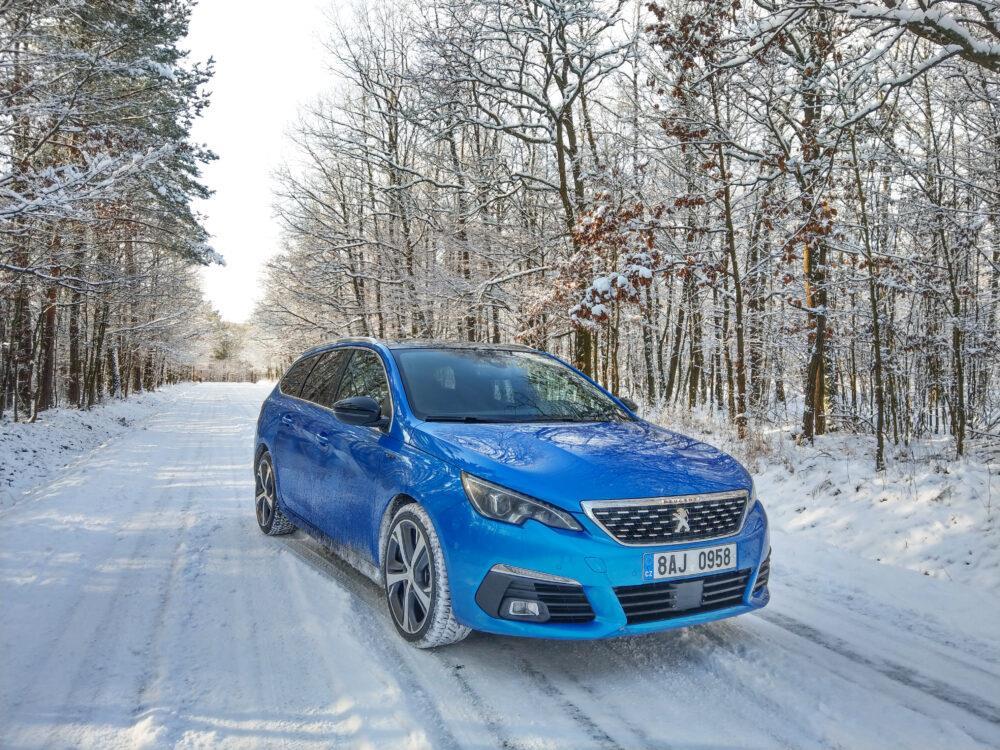
The tested car was fitted with a BlueHDi diesel engine, which was tuned to a respectable 96 kW of power and 300 Nm of torque. The Peugeot 308 is currently also offered with a three-cylinder 1.2 PureTech gasoline engine with outputs of 81 and 96 kW. Stronger gasoline and diesel are then connected to either a six-speed manual or an eight-speed automatic. Weaker gasoline only with a six-speed manual.
The diesel engine offers a very refined operation and excellent noise reduction towards the cabin of the car. Her strongest point is her zest for life accompanied by a very modest appetite. During the winter weekly test, my average consumption hovered around the 5.5 l / 100 km limit.
As part of the sports mode, which is activated by a button on the center tunnel, the engine's response to the gas pedal is sharpened and the car's steering stiffens (the effectiveness of the power steering changes). The 380 then noticeably comes to life and, in order to create a "sporty atmosphere", it also begins to deceive you quite convincingly with an artificial sound from the local audio system.
A rather stiffer chassis than one would expect for a family station wagon, in combination with 18-inch wheels, steeper steering, a small steering wheel and, last but not least, a lively drive unit, gives you a significantly sportier driving experience than the competition's cars.

The current generation Peugeot 308 is eagerly awaiting its successor, but it is still a car that definitely has a lot to offer its customers.
Whether it's the fuel-efficient diesel engine, which certainly doesn't lack zest for life, the pleasant exterior, the spacious interior, or the quite traditional favorable policy regarding the purchase prices of Peugeot models.
After all, you can get the Peugeot 308 SW 1.2 PureTech (81 kW power) in the basic ACTIVE trim from CZK 393,000 including VAT, and the basic diesel 1.5 BlueHDi (96 kW power) from CZK 453,000 including VAT.
Source: Author's text
Image source: Author's own photos







